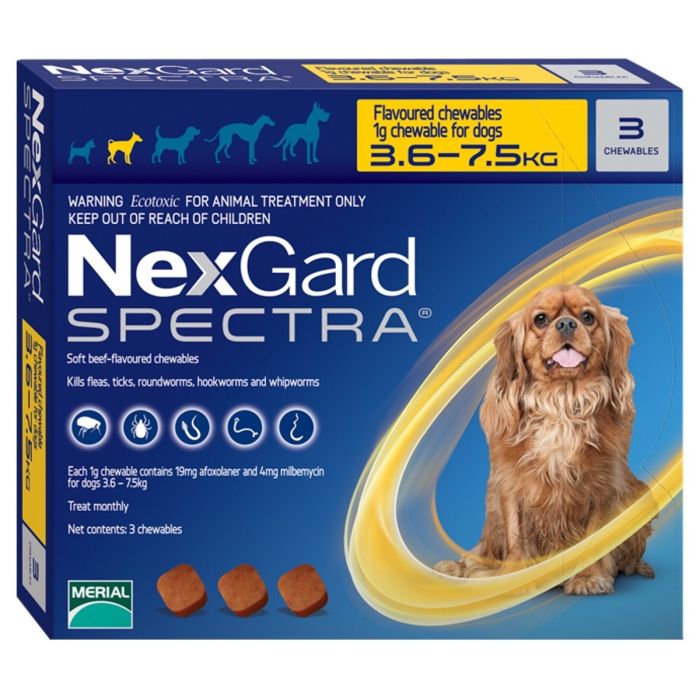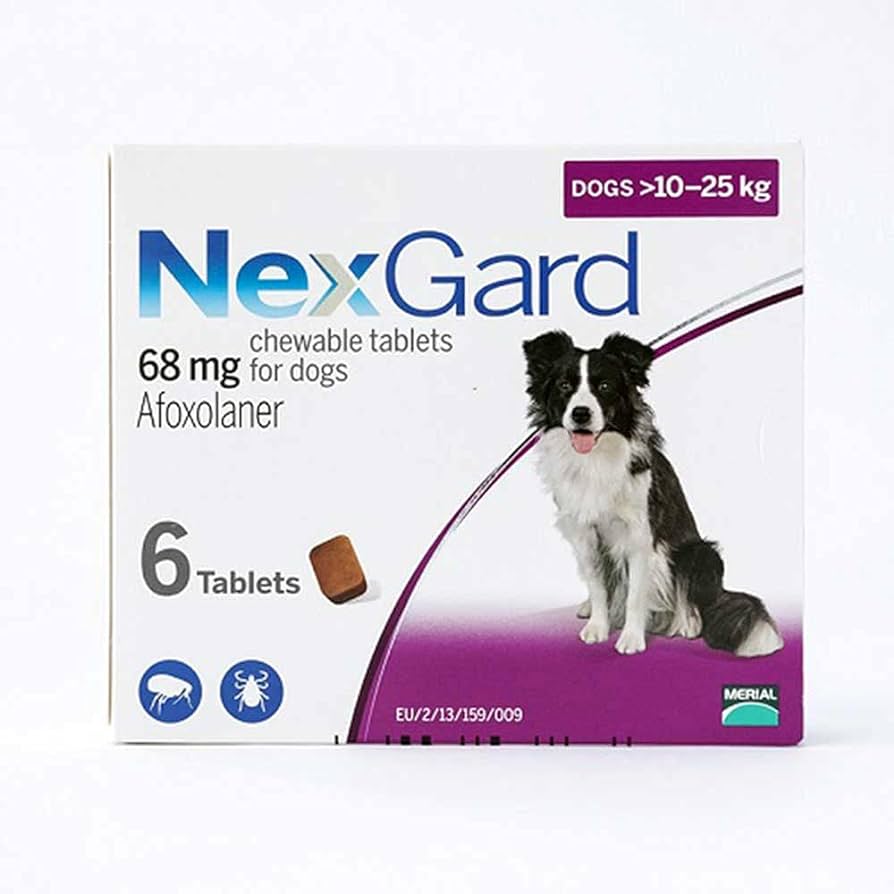Does Nexgard Repel Ticks
Nexgard doesn’t repel ticks; it kills them before biting. This method is more effective in protecting your pet. It contains afoxolaner, which enters the bloodstream and harms ticks feeding on the pet. This also helps control the tick population around. Nexgard prevents disease transmission by disrupting tick nerve functions. Ensure pet safety by using it regularly as directed. Intrigued to discover more about Nexgard’s tick-fighting ability and how to enhance protection?
Key Takeaways
- Nexgard doesn’t repel ticks; it kills them before biting.
- Afoxolaner in Nexgard is absorbed, affecting ticks that feed on treated pets.
- It disrupts tick nerve functions, preventing disease transmission.
- Nexgard actively eliminates ticks, safeguarding pets and living spaces.
- Regular use as directed by a vet ensures continuous tick protection.
How Does Nexgard Work Against Ticks?
Nexgard works by killing ticks before they’ve a chance to bite and attach to your pet. Once your furry friend ingests Nexgard, the active ingredient, afoxolaner, is absorbed into their bloodstream. When a tick latches onto your pet and starts feeding, it gets a lethal dose of afoxolaner. This effectively eliminates ticks before they can transmit dangerous diseases like Lyme disease or Rocky Mountain spotted fever.
Nexgard not only kills ticks on your pet but also works to control the tick population in your environment. When ticks are eliminated from your pet, they’re less likely to lay eggs in your home or yard, reducing the risk of infestation. This dual-action approach helps protect both your pet and your living space from the dangers of tick-borne illnesses. By using Nexgard regularly as directed by your veterinarian, you can ensure that your pet stays safe and tick-free.
Nexgards Effectiveness in Tick Prevention
To effectively prevent ticks, Nexgard works by killing them before they can bite and transmit diseases, safeguarding both your pet and your living environment. Nexgard is highly effective in tick prevention due to its active ingredient, afoxolaner, which targets the nervous system of ticks, ultimately leading to their death.
Once your pet ingests Nexgard, the medication quickly enters the bloodstream. When a tick bites your pet, it ingests the afoxolaner, which disrupts the tick’s nerve functions, causing paralysis and death. This mechanism ensures that ticks are eliminated before they’ve the chance to transmit harmful diseases such as Lyme disease and Rocky Mountain spotted fever.
Comparing Nexgard to Other Tick Repellents
When evaluating Nexgard against alternative tick repellents, its efficacy in tick prevention stands out prominently. Nexgard is a popular choice among pet owners due to its ability to kill ticks quickly upon contact. Unlike some topical treatments that may wash off or lose effectiveness over time, Nexgard is an oral medication that continues to work even if your pet gets wet. This makes it a convenient option for pet owners who want reliable tick protection without the hassle of reapplying treatments frequently. Additionally, Nexgard is known for its fast-acting formula, providing rapid relief for pets suffering from tick infestations.
Compared to natural remedies or homemade tick repellents, Nexgard offers a scientifically proven solution that has been extensively tested for safety and effectiveness. While some natural repellents may have some efficacy, they often lack the consistency and reliability of Nexgard. When it comes to protecting your pet from ticks, Nexgard’s track record and convenience make it a top choice for many pet owners.
Tips for Enhanced Tick Protection With Nexgard
For improved tick protection while using Nexgard, consider incorporating additional preventive measures such as regular yard inspections and grooming your pet frequently. Tick checks after walks or hikes in wooded areas are essential to catch any ticks that may have latched onto your pet.
Keep your yard tidy by mowing the grass regularly and removing any leaf litter or tall weeds where ticks can hide. Additionally, consider using tick repellent sprays or treatments in your yard to create a barrier against these pests.
When grooming your pet, pay close attention to areas where ticks are commonly found, such as around the ears, between the toes, and in the armpits. Regular baths with tick-repelling shampoos can also help in preventing tick infestations.
Understanding Nexgards Tick-Repelling Mechanism
Nexgard repels ticks by disrupting their nervous system, preventing them from attaching and feeding on your pet. The active ingredient, afoxolaner, works by targeting specific receptors in the tick’s nerve cells. When a tick tries to feed on a dog treated with Nexgard, it ingests afoxolaner. This leads to hyperexcitation, causing paralysis and eventual death of the tick. Unlike some repellents that simply deter ticks, Nexgard actively combats them.
This mechanism sets Nexgard apart as an effective solution for tick control. By interfering with the tick’s nervous system, Nexgard not only repels ticks but also eliminates them, reducing the risk of tick-borne diseases for your pet. Remember to administer Nexgard as recommended by your veterinarian to ensure continuous protection for your furry friend.
With Nexgard’s targeted approach to tick prevention, you can have peace of mind knowing your pet is safeguarded against these troublesome parasites.
Frequently Asked Questions
Can Nexgard Be Used on Cats as Well as Dogs for Tick Prevention?
Yes, Nexgard is safe for dogs but should never be used on cats for tick prevention. It’s important to choose the right product for each pet’s specific needs. Consult your vet to ensure the best protection.
Are There Any Known Side Effects of Using Nexgard for Tick Prevention?
When using Nexgard for tick prevention, be aware of potential side effects. Monitor your pet closely and consult your vet if any concerns arise. Stay informed about possible reactions and follow recommended usage guidelines.
Does Nexgard Have Any Impact on Other Parasites Besides Ticks?
When it comes to other parasites, Nexgard is effective against fleas and can help control infestations. It’s a popular choice for overall parasite prevention in dogs, offering a convenient and reliable solution.
How Long Does Nexgard Last in Terms of Protection Against Ticks?
Lasting around 30 days, Nexgard provides protection against ticks. It’s effective for a month after administration. Remember to continue monthly doses to maintain consistent coverage against these pesky parasites.
Can Nexgard Be Used in Conjunction With Other Tick Prevention Methods, Such as Collars or Sprays?
Yes, you can use Nexgard in conjunction with other tick prevention methods like collars or sprays. Combining these methods can provide more comprehensive protection against ticks for your pet. Always consult your vet for guidance.
Conclusion
In conclusion, Nexgard isn’t designed to repel ticks but rather to kill them once they attach to your pet. Its effectiveness in preventing tick infestations has been proven, making it a reliable option for tick control.
When used in combination with other tick prevention methods, such as regular grooming and avoiding tick-infested areas, Nexgard can provide comprehensive protection for your furry friend against these pesky parasites.








